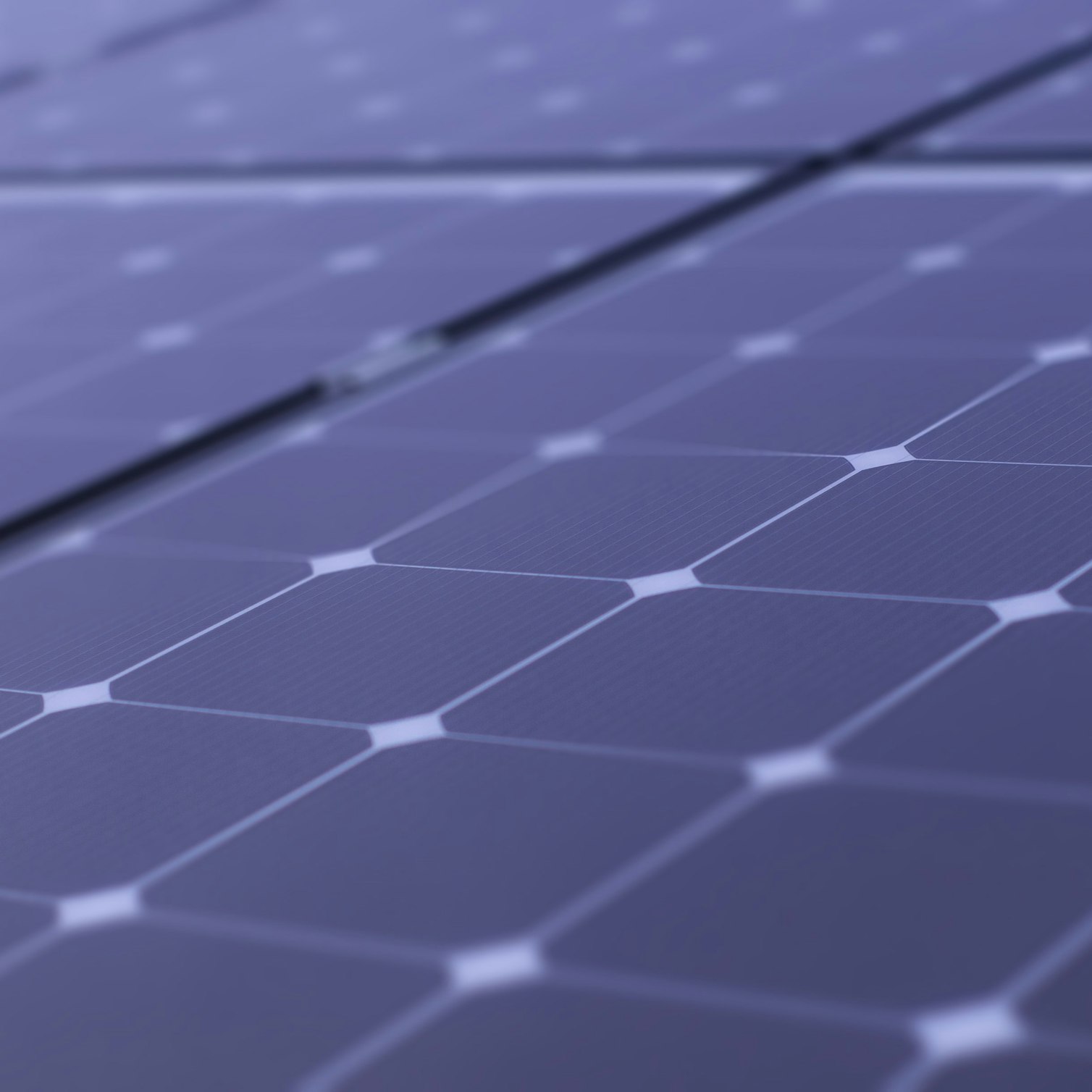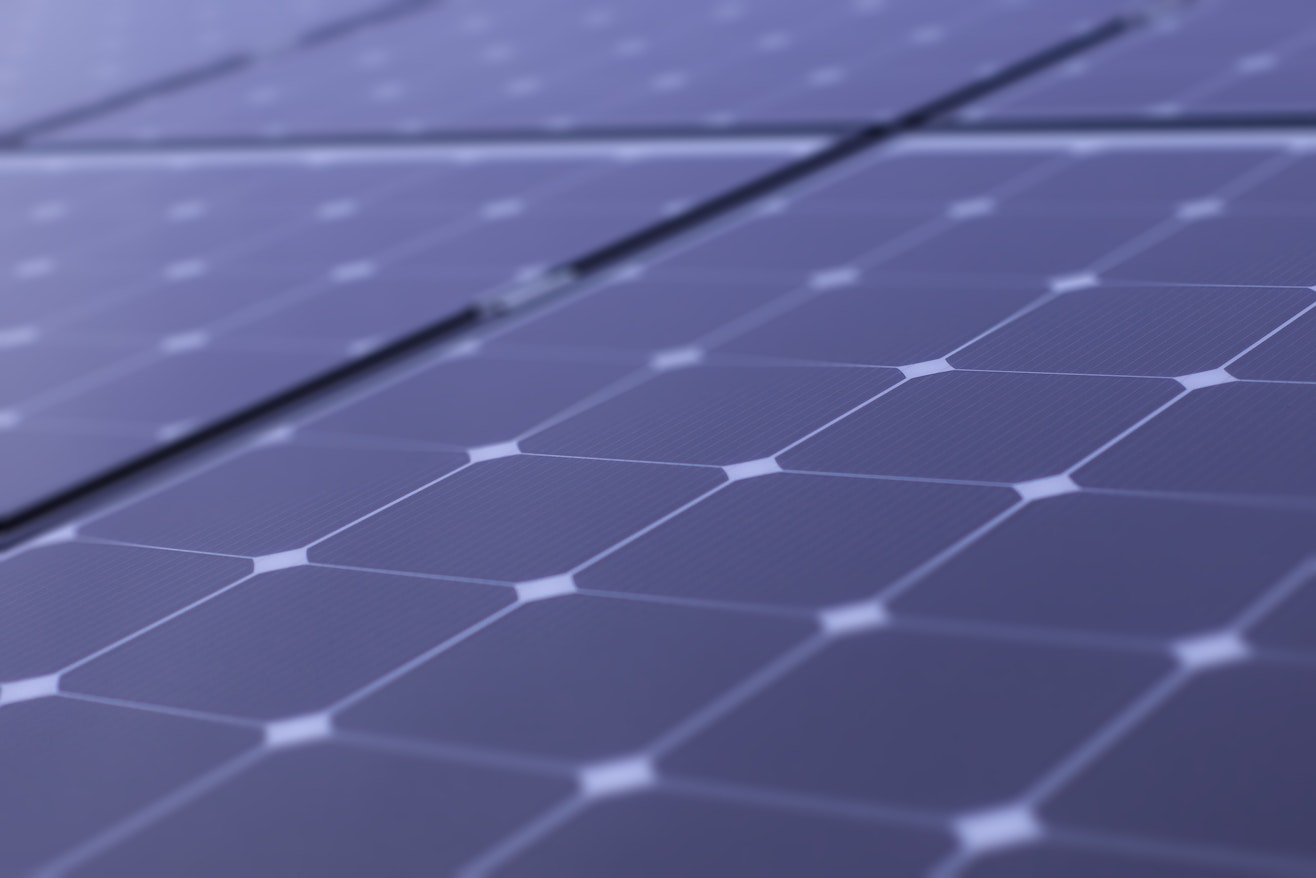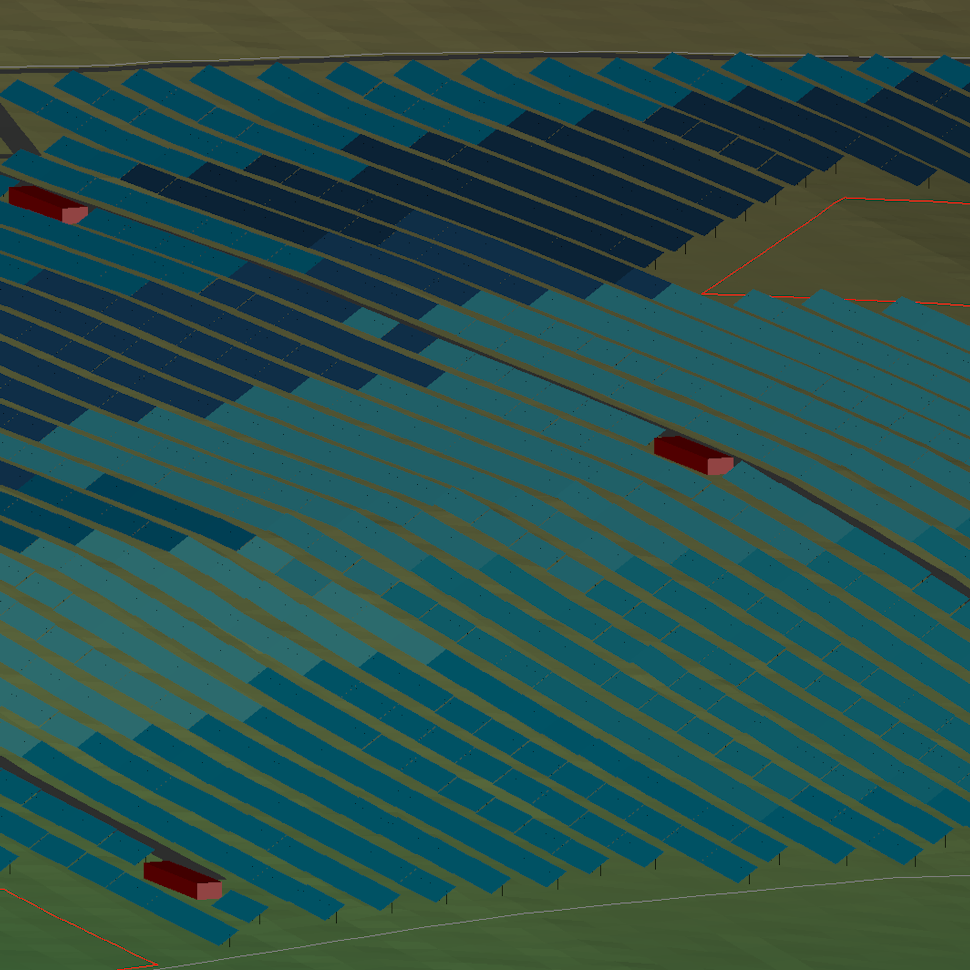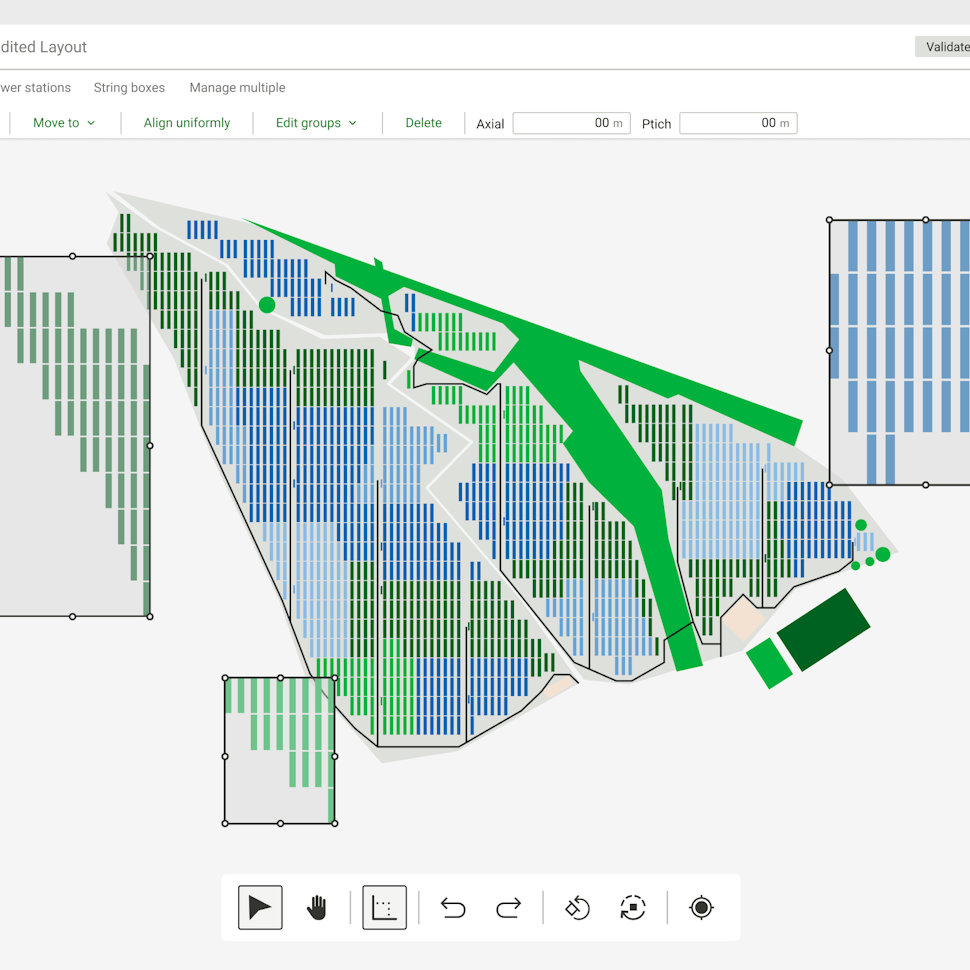- Solar energy blog
- Use HIT modules in your next installation with RatedPower's latest update
Use HIT modules in your next installation with RatedPower's latest update
Ready to upgrade your solar project design? RatedPower now supports HIT modules for superior performance and efficiency. Optimize your solar investment today!


Natalia Opie
Manager of Customer Success
Natalia Opie leads the Customer Success team for RatedPower. She is passionate for renewable energies and their role within the global environmental transition and has a thorough understanding of the solar industry, backed by her BSc in Energy Engineering, her MSc in Renewable Energy in Electrical Systems, and six years of experience partnering with clients of different countries to develop profitable, optimized assets.

Planning a PV installation is no easy task. There are many factors to consider in order to ensure the highest level of efficiency and output from your system. These things include the type of equipment, the location and potential civil works, the orientation of the modules, and the electrical configuration.
Selecting the right photovoltaic (PV) modules is especially important. Different PV module technologies convert sunlight into electricity at different efficiencies, and some cost more than others for various reasons. Some PV modules perform better in certain environmental conditions than others, and durability and degradation concerns are also key considerations.
Thankfully, modern technologies like heterojunction technology (HJT) and heterojunction with intrinsic thin-layer (HIT) modules degrade more slowly, which can lead to more power output over the system’s lifetime.
With recent developments to RatedPower, users can now choose HIT PV modules within their designs. Let’s take a closer look at these modules and how to use them in our solar design platform.
Looking for a guide to help you compare solutions for your solar engineering and design stack? Then check out our Buyer's guide to utility-scale solar software. It will give you a snapshot of the utility-scale solar design and engineering software landscape and show you how to speed up your design process, boost efficiency and reduce costs.

What are HJT modules?
HJT modules are not a new advancement in PV module technology but have recently grown in popularity. They combine traditional crystalline silicon (c-Si), poly or monocrystalline, and amorphous silicon (a-Si) into a single cell. These solar cells are expected to eventually replace passive emitter rear contact (PERC) modules as the next generation of this type of technology.
There are a number of benefits of using HJT modules over PERC:
Superior efficiency — Heterojunction solar cells boast efficiencies surpassing 22%, making them more efficient than many other types of solar cells.
Simplified and eco-friendly manufacturing — HJT cells require lower temperature processes and fewer manufacturing steps than traditional technologies like PERC. This makes the production process simpler and less energy-intensive, thereby reducing carbon emissions.
Cost-effective production — Despite requiring new manufacturing lines, the simplified production process of HJT cells leads to significant cost savings in the long run.
Longevity and durability — The power output of HJT modules remains above 88% even after 30 years, and they are less prone to light-induced degradation (LID), which can reduce the efficiency of solar cells over time.
Optimized for warm climates — HJT modules exhibit lower temperature coefficients, enabling better performance in warmer climates.
Enhanced bifacial performance — HJT modules offer a high bifaciality factor, reportedly up to 85%, enhancing their ability to generate power from both sides of the module.
All these reasons make HJT more efficient than its predecessor while still being cost-effective. It can be used for a variety of applications like residential rooftop solar systems or large-scale solar farms. Due to their high efficiency, heterojunction solar cells also require fewer solar cells per panel. This means they take up less space, making them ideal for installations with limited roof space.

What are HIT modules?
HIT (heterojunction with intrinsic thin-layer) modules are a type of HJT module developed and initially trademarked by Sanyo, subsequently acquired by Panasonic. The patent expired some years ago, and now other manufacturers are commercializing their solutions with this technology. HIT cells have an additional layer made from amorphous silicon, known as the intrinsic layer.
While all HIT cells share similarities with traditional heterojunction solar cells, their design and manufacturing processes differ. The main difference, however, is that the additional intrinsic layer is sandwiched between two other layers. This intrinsic layout is a key factor in achieving higher performance. This layer is not “doped” with other elements like boron or phosphorus.

How RatedPower integrated HIT modules
RatedPower responded to calls from customers asking us to include both HJT and HIT modules in our platform. We conducted an analysis and found the changes that needed to be made were relatively simple.
Specifically, we found that no changes were required in the energy calculation model for HIT module integration. All that was needed was three specific modifications on our end. First, we updated our system to accept a certain type of file (PAN files) with a specific label (“mtHIT”) that indicates the file contains information regarding HIT modules.
The next was to set Light Induced Degradation (LID) at zero for HIT modules. This matches competitor software PVsyst’s default value for this technology and follows the advice that HIT modules, made with a certain type of silicon (n-type), don’t experience this type of wear and tear in the same way.
All that was left to do was to contact the main manufacturers of the technology who shared their available models with us, then add HIT modules as an option in the software so customers could select them when creating projects.
Thanks to these simple steps taken by RatedPower, it’s now possible for customers worldwide to use both HJT and HIT modules in the platform.
Latest stories
Related posts
Product and corporate updates
Enverus’ Solar ROI calculator: assess PV plant’s profitability
Find out how much you could save by integrating Enverus tools into your solar design workflow, as we explain how our solar ROI calculator works.
Updated 5 AUG, 25

Product and corporate updates
Exploring the RatedPower CAD import tool
Discover the RatedPower CAD import tool, an intuitive and time-saving feature that directly integrates DWG CAD files and shapefiles into our platform.
Updated 17 JUN, 25

Product and corporate updates
Discover RatedPower’s Layout Editor
RatedPower’s Layout Editor combines precision, automation, and instant feedback to create a financially and commercially viable layout for a PV plant.
Updated 6 MAY, 25

- RatedPower
- Solar energy blog
- Use HIT modules in your next installation with RatedPower's latest update
 Watch a demo
Watch a demo Ask our AI Product Expert
Ask our AI Product Expert